Visual writing prompts help young writers generate new ideas and overcome writer’s block. We’ve put together 70 picture prompts for creative writing that you can use for morning work or in your writing centers or lesson plans to get your students’ creative juices flowing.
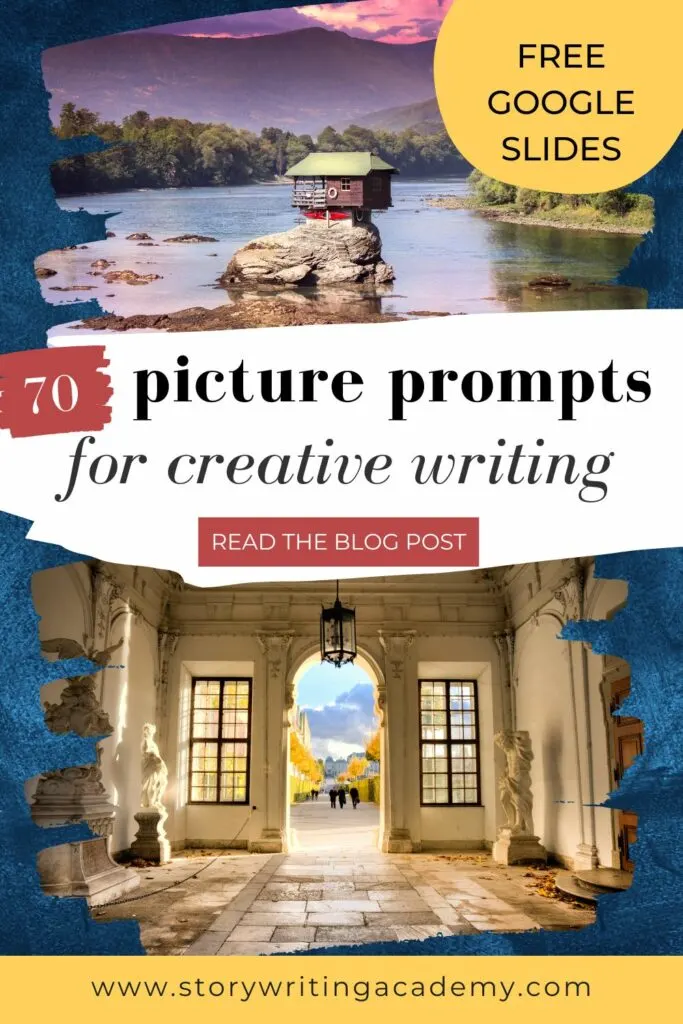
The Benefits of Using Visual Writing Prompts
Writers of all ages and experience levels can get stuck thinking about what to write. Writer’s block is not just a challenge for reluctant writers. Even professional writers have days when they feel less than inspired.
Visual prompts can result in a vast array of story ideas. A single image viewed by ten writers will result in ten completely different short stories. Even if you use verbal cues to get students thinking about the picture, each student will still write a unique response to the image.
Visual creative writing prompts are fantastic for elementary school because younger students often relate more to a pictorial prompt than a written one, but don’t shy away from using these with high school and middle school students as well. Pictures make a fun alternative to your typical writing prompts and story starters and can help shake up your regular English language arts routine.
How to Use Picture Prompts for Creative Writing
There’s no limit to the ways you can use writing prompts. Here are some of our favorite ways to incorporate image prompts into your weekly lesson plans.
- Writing Center. Print cards or writing pages with these images on them and put them in a writing center for your students to discover at their own pace.
- Specific Skills. Use story picture prompts to help kids work on specific writing skills. For example, you could work on descriptive writing by having them describe the setting of the picture in detail, character development by having them make up a history for a person (or animal) in the picture, or narrative writing by having them make up a story based on the picture.
- Warm-up Activity: Download the slides that accompany this post and project an image on a screen or whiteboard for the first fifteen minutes of class and have students work on a short story as soon as they enter. This helps jumpstart the creative process before you move into your regular writing program.
- Independent Work: If you need a fun activity for kids to do when they’ve completed their assignment and are waiting for other students’ to finish, keep a supply of these images on hand and challenge them to write flash fiction of 250 words or less while they wait.
- Sub binders: Want to have some easy, no-prep projects on hand for those days when you’re unexpectedly away? Elementary picture writing prompts are perfect for substitute teachers to do with your students in your absence.
- Distance learning: If you are working with students whom you don’t see face-to-face, picture writing prompts are a great way to inspire them. You can use them in a virtual lesson to kickstart a discussion on brainstorming story ideas or post a few of these images to your learning management system and let students select the one they want to write about.
No matter how you decide to use them—whether at home or in the classroom—photographic writing prompts are a great way to cultivate a daily writing habit and encourage kids to explore new topics.
Picture Writing Prompts for Kids
We’ve selected 70 of the most interesting pictures we could find for this exercise. When choosing photos for writing prompts, we look for high-quality photos with intriguing subject matter, but we try to go beyond that. We want to share images that suggest a story, that make the viewer ask questions and wonder why things are the way they are.
We want to feel propelled to explore questions like, What happened before the photo that led to this moment? What are we witnessing in this photo? What’s about to happen?
A photo doesn’t make much of a story starter if it doesn’t suggest that there might be a bigger picture lurking beneath the surface.
We hope you and your students love these picture prompts for creative writing as much as we do. If you love them, go ahead and fill out the form below to grab your own copy.
We’ve included a couple of questions with each picture that you could use to spark pre-writing conversations in your classroom, which can be helpful when working with younger students who might need a little more direction.
Bear in mind though that some kids really struggle with these types of questions that ask them to make inferences about details that they can’t possibly know the ‘answer’ to. When you ask them things like, “What was the author probably trying to do?” they have no idea and won’t dare to hazard a guess. If you are working with kids who feel paralyzed by these questions, now is not the time to push them. Ignore the questions completely and have them simply focus on the picture.
It could be a good idea to write a few short stories yourself based on a single picture to show demonstrate how there are no wrong answers in this exercise—only endless possibilities.
Good luck!
70 Picture for Story Writing with Guiding Questions
- Whose cat is this? What is he looking at? Where is he?
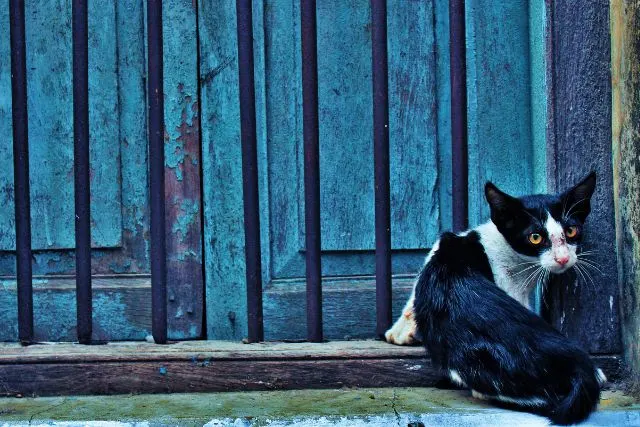
2. What is the owl thinking about? Is he alone? What does he hope to eat for dinner?
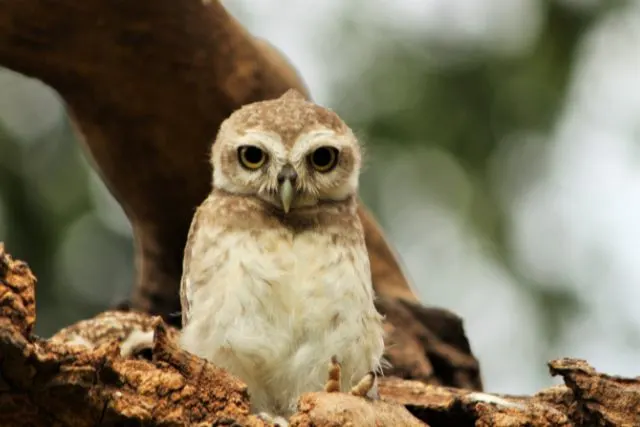
3. Who are these frogs? What is their relationship with each other? Why are they taking photos?
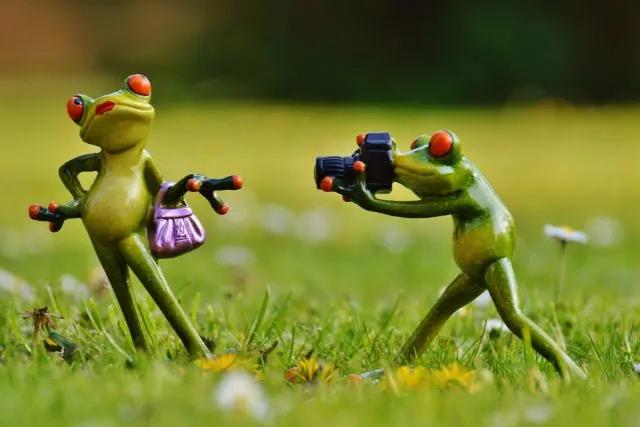
4. How did the dog get a phone? Why is he taking selfies? What is he doing with the pictures he takes?

5. This cat doesn’t look too happy. What’s bugging him? Did he get too many phone calls or is he waiting on an important call that’s taking too long to come?
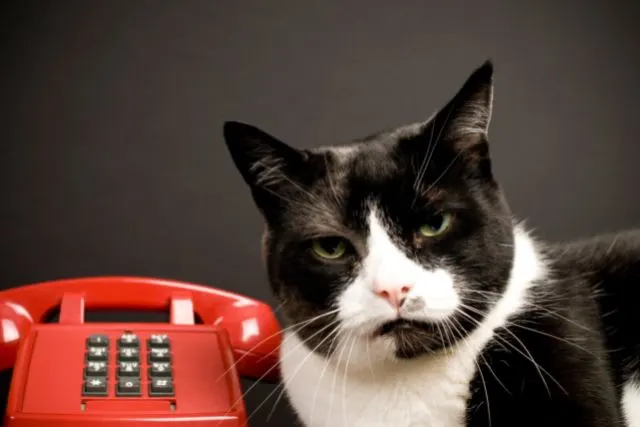
6. What do these chicks think of the dog? What does the dog think of the chicks? Do you think they can communicate with each other? If so, what would they say?
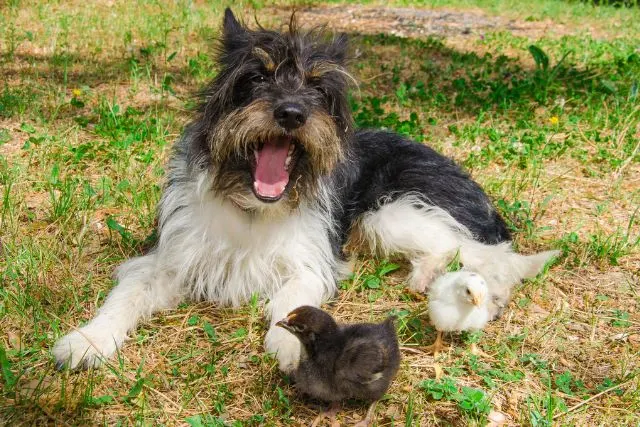
7. Where do these lemurs live? What are they looking at? What is something unusual that might happen to them?
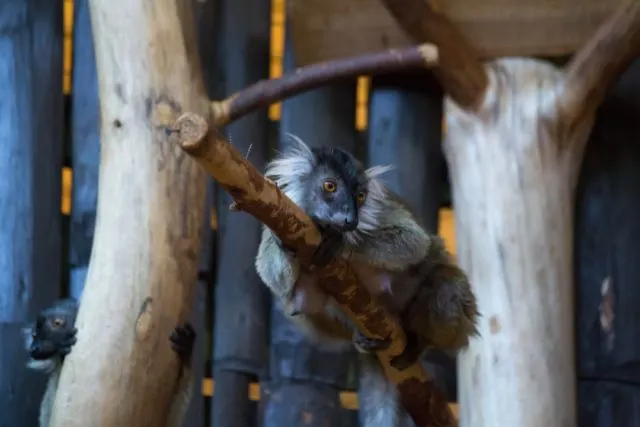
8. What is this fox doing? Is he yawning and stretching or is he trying to scare someone away? What kind of mischief does he like to get up to?
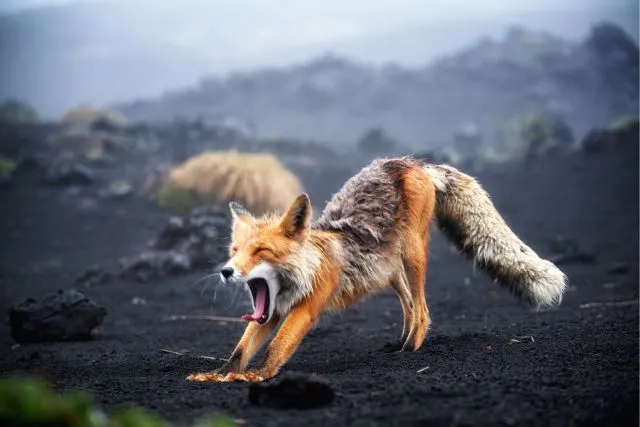
9. Is this wolf alone? If not, who is with him? What is he planning to do? Does he have a family to feed or protect?
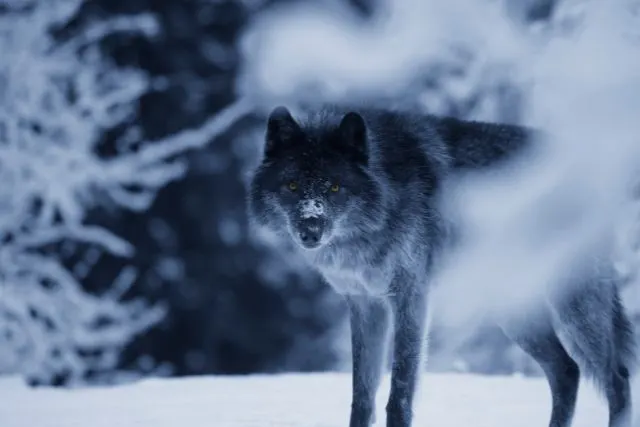
10. What is this child doing on the laptop? Can he actually read and type or is he just playing? If he can read and type, how did he learn that at such a young age? What other cool things can he do?

11. Where is this woman? Is she lost? How did she get to this street? What interesting things might she discover as she explores this new city?
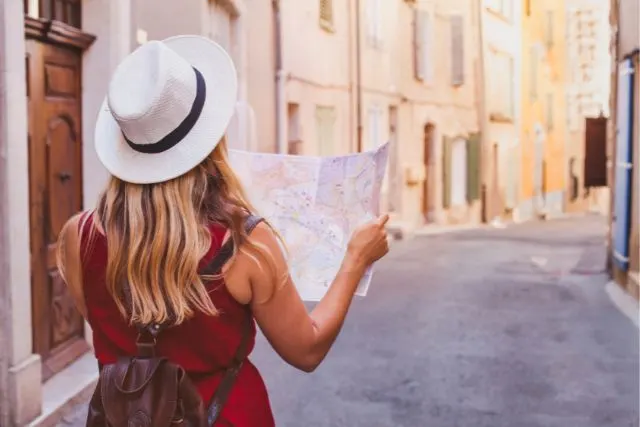
12. Why is the dog wearing glasses? Can he see through them? What are he and the girl doing? How does he feel about it?
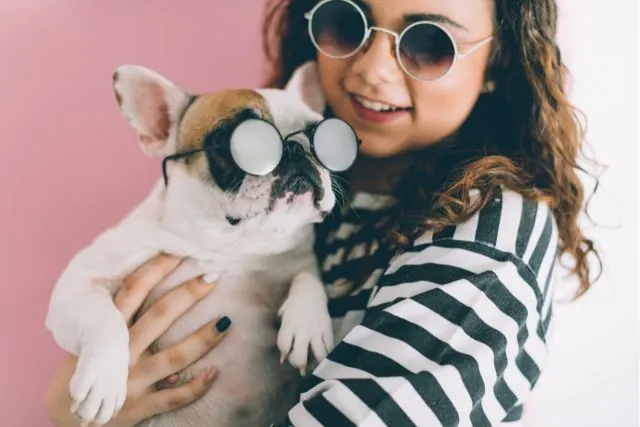
13. Who are these two little boys? What is their relationship with each other? What is the teddy bear’s story?
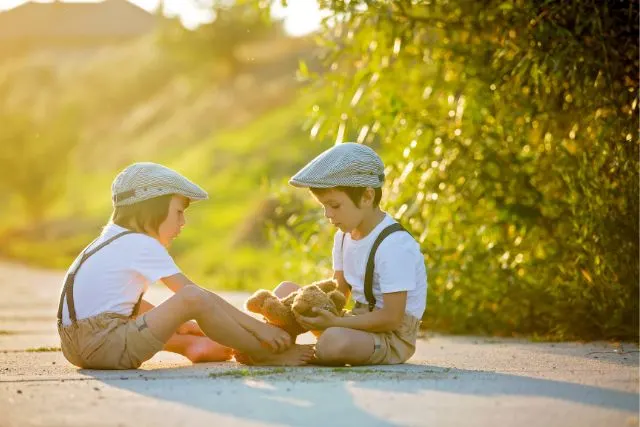
14. Who are these children? Why are they running? Is it a race or are they playing a game? Who’s going to win?
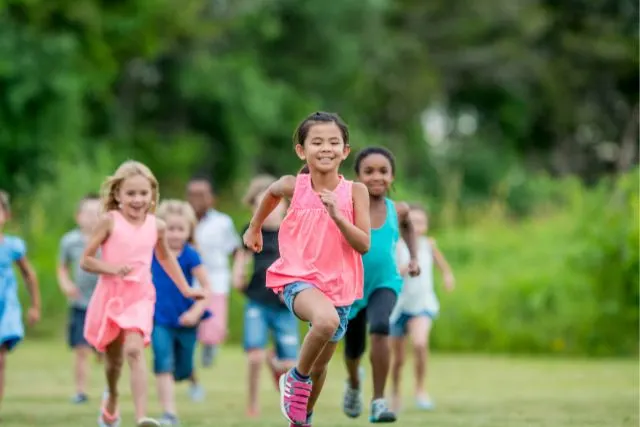
15. Whose horse is this? Does the little boy own it or does he just visit it? Can the horse talk? How does the boy feel when he’s with the horse?
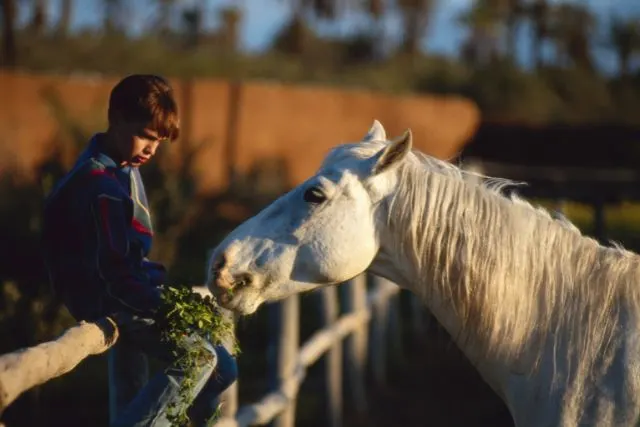
16. What is this boy reading? Does the book have a magical power? Does the boy? Do the stories in the book become real or does something else special happen?
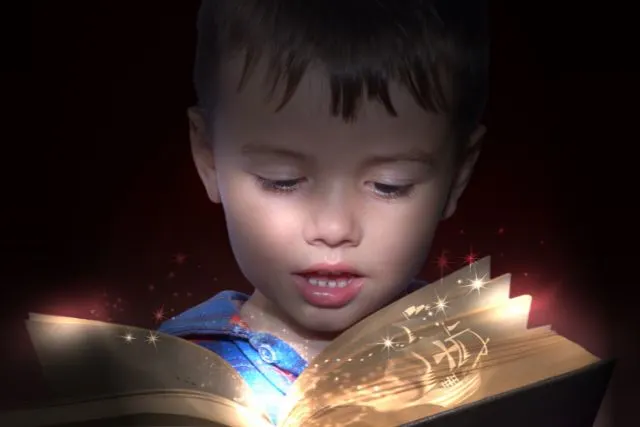
17. Where is this man? How did he get there? What is he looking for?
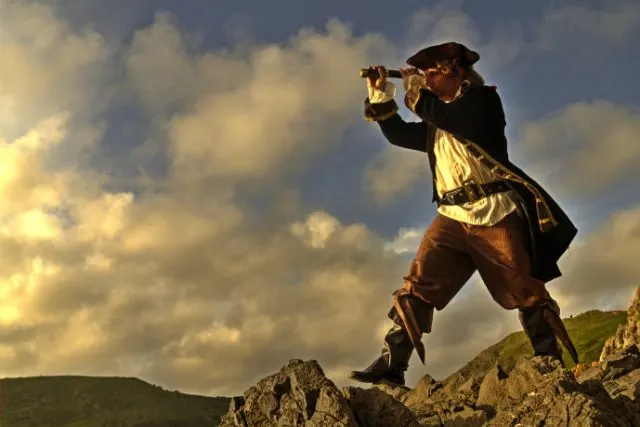
18. Who is walking over the bridge? What’s on the other side? Is it worth the risk?
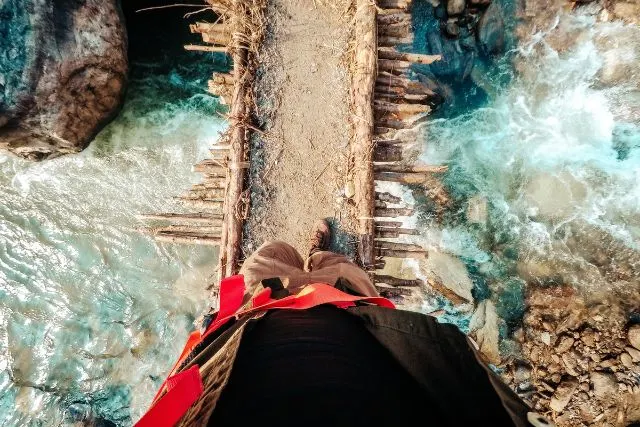
19. What are these people doing on the elephant? Where are they? Are they tourists or is the elephant their pet? What would life with an elephant be like?
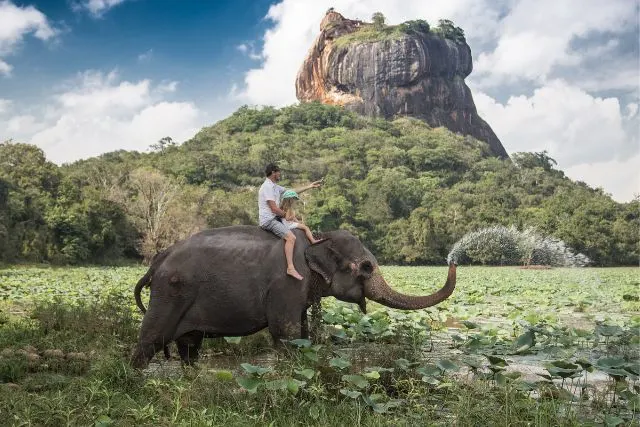
20. Who made this map? It looks old. Has it been hidden away for a long time? Who discovered it and how? What does it lead to?
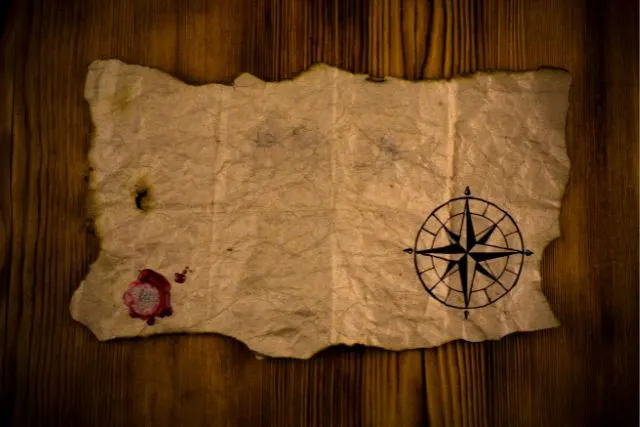
21. Whose typewriter is this? What important or secretive thing might they be working on? What could happen if the wrong person finds their work?
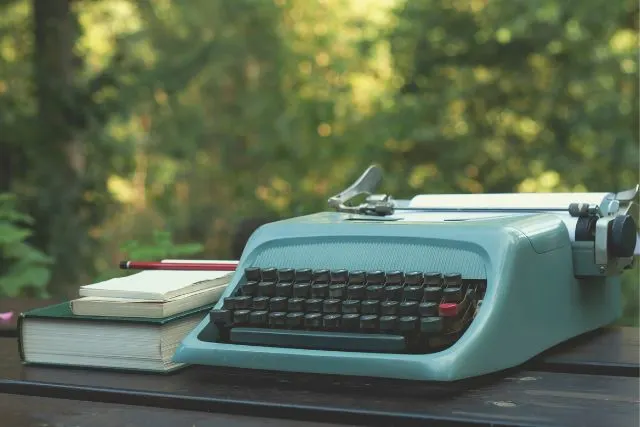
22. Who are these three stuffed animals? Are they living? What is their story?
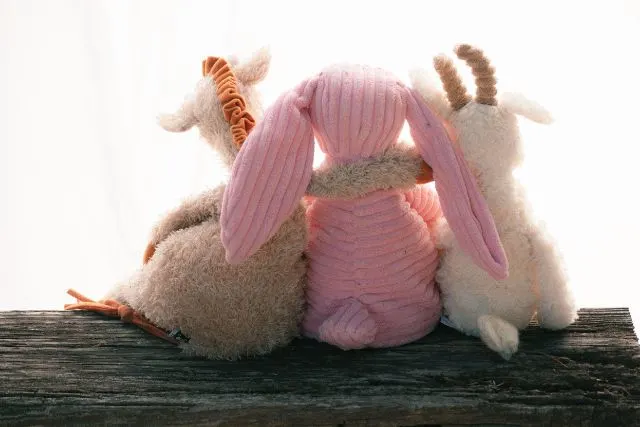
23. Whose ukulele is this? Why did they leave it here? Who might find it?
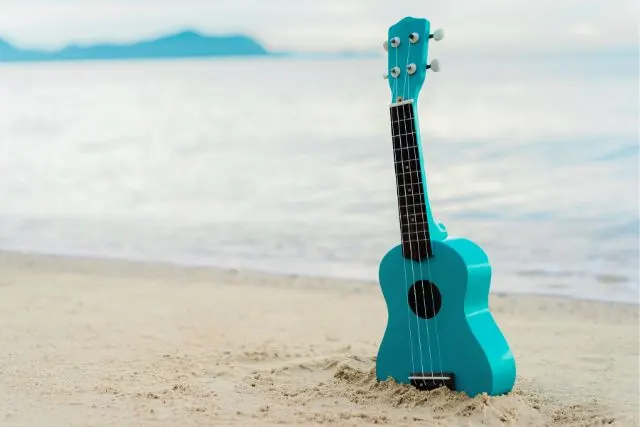
24. Where is the owner of the bike? Where does this path lead? What if the bike’s not there when the owner returns?
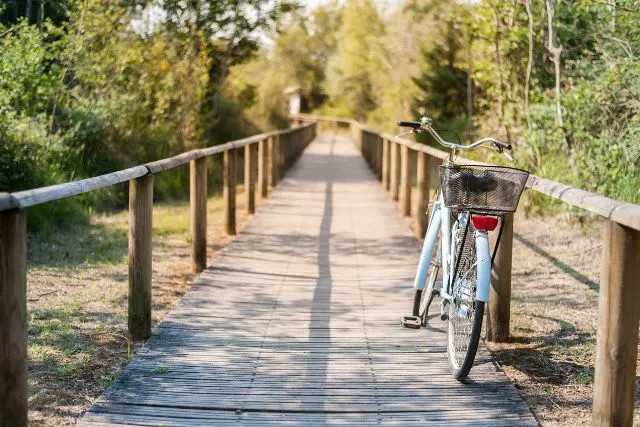
25. Whose shoes are these? Why did they leave them here? Why are they so dirty?
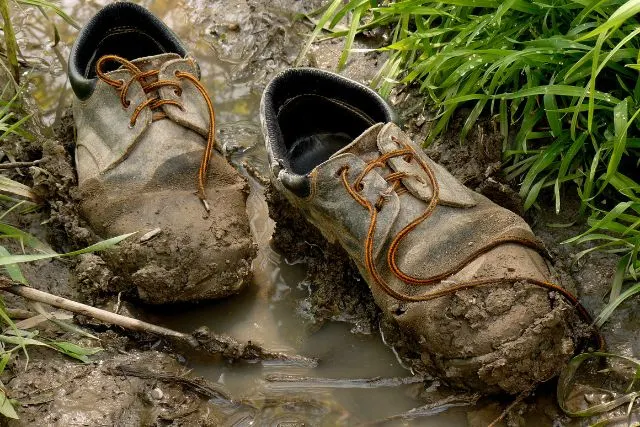
26. Who was reading the newspaper? What was the most interesting thing they read? Where have they disappeared to?

27. Who put this sign on the old truck? What do you think of it? How did the truck end up in its current condition and location?
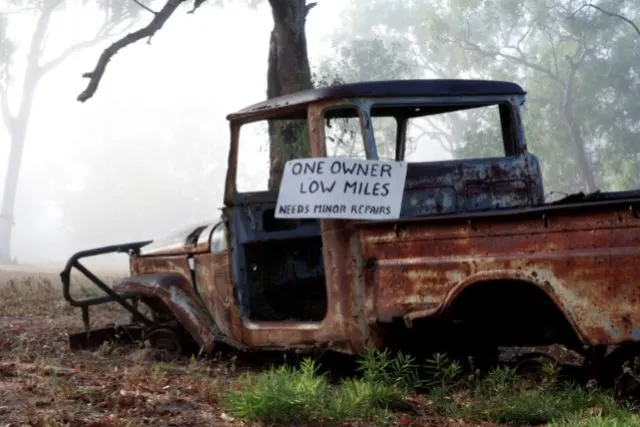
28. Who set the table? Who are they expecting? What special occasion are they celebrating? What could go wrong?
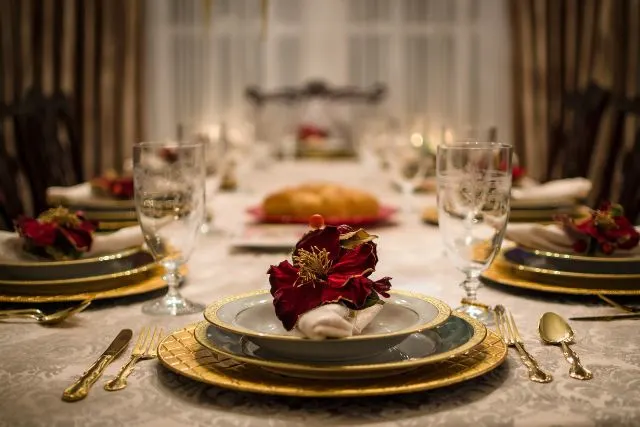
29. Whose birthday cake is this? Are they having a party? Who is there? Who did they want to have there that didn’t show up?
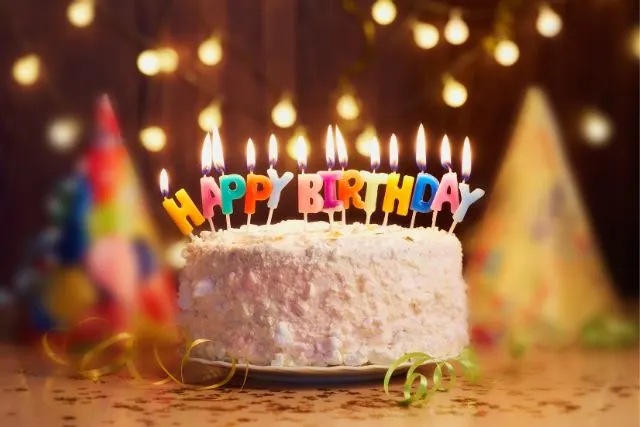
30. Who lives here? How do they access their home? What is their life like?
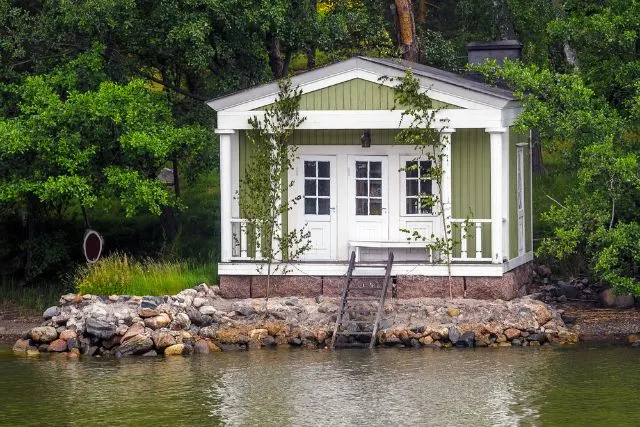
31. Who built the igloo? Where is it? How does it feel to spend the night inside it?
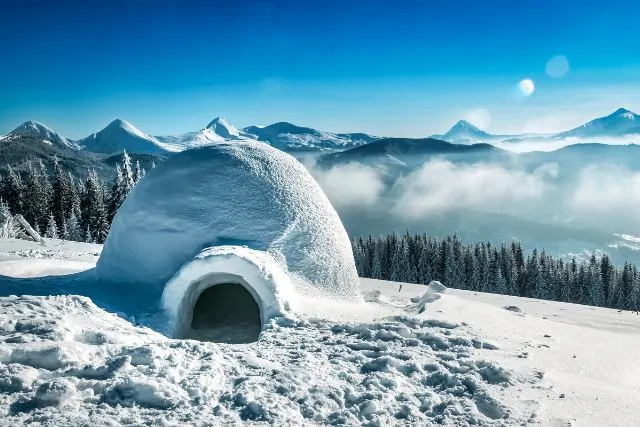
32. What is the history of this castle? Who lives in it now? Does it have any special or magical features?
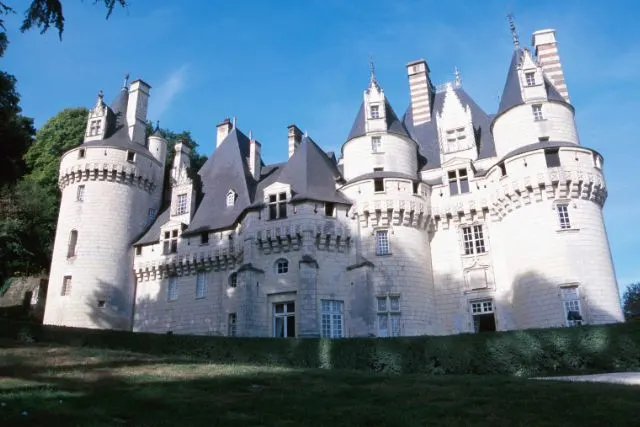
33. Is this barn abandoned or do people live on the property? What kind of animals might live here? How do they keep themselves entertained?
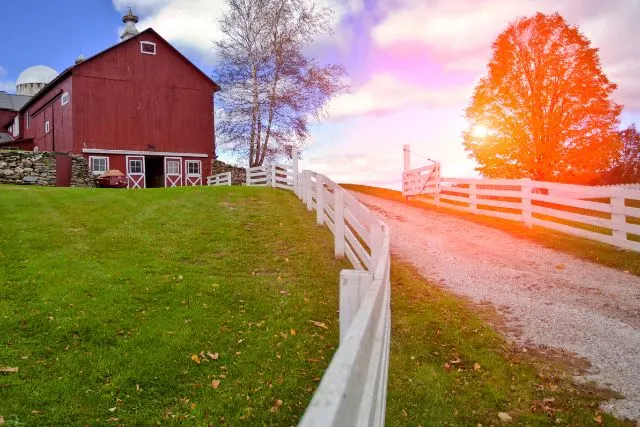
34. What is it like living on a houseboat? What kind of community do you think forms among the neighbors? Imagine you live on one of these boats and think about how your daily life might change. What interesting things could you do if you lived here? What would you miss the most?
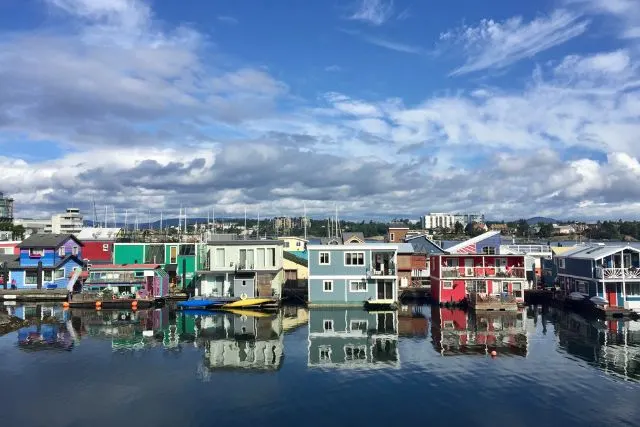
35. Where is this hut? Who lives here? What mystery might unfold if a stranger came knocking at their door?
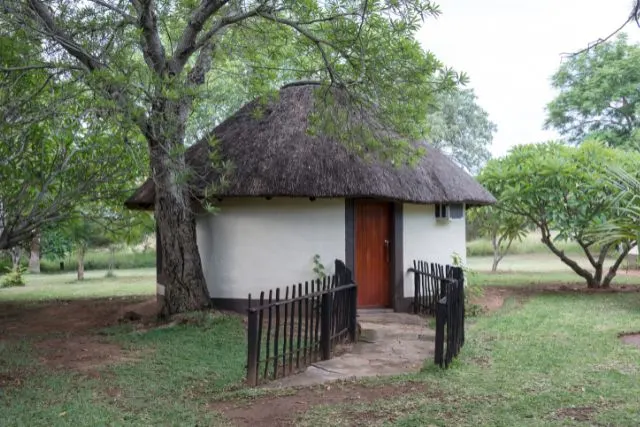
36. What is this lighthouse called? Who runs it? How often do they leave? What is the most memorable experience they’ve had as a lighthouse operator?
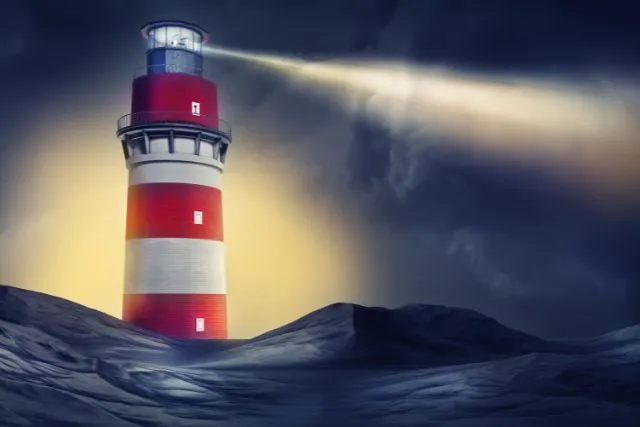
37. How did this house get here? Does anyone live in it? What would life be like here?
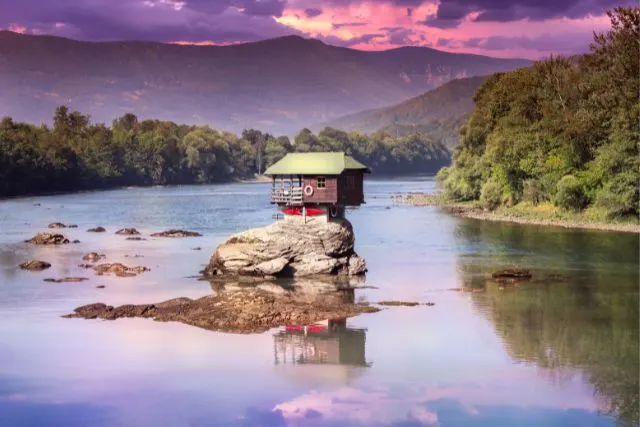
38. Where is this festive street? Are the people there celebrating something? Where is everybody?
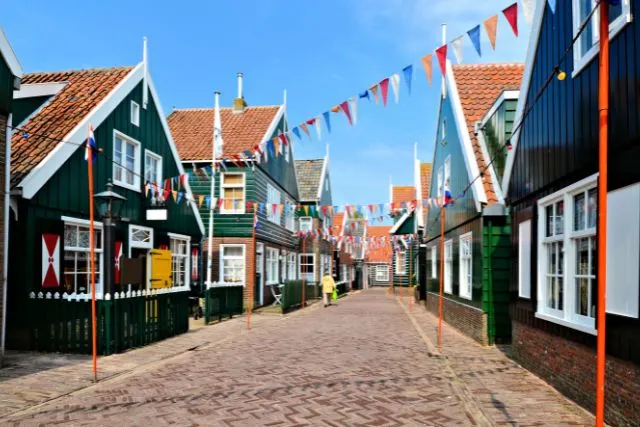
39. Who lives here? How did they build this house? Are they hiding from something? What does it look like inside?
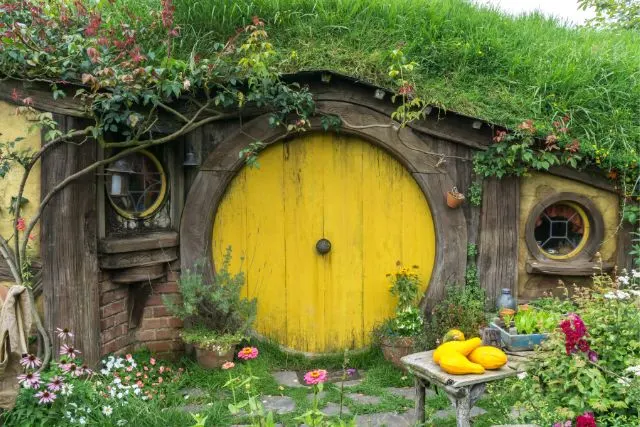
40. Whose notebook is this? Why did they leave it here? What’s written in it and how might it change the life of the person who finds it?
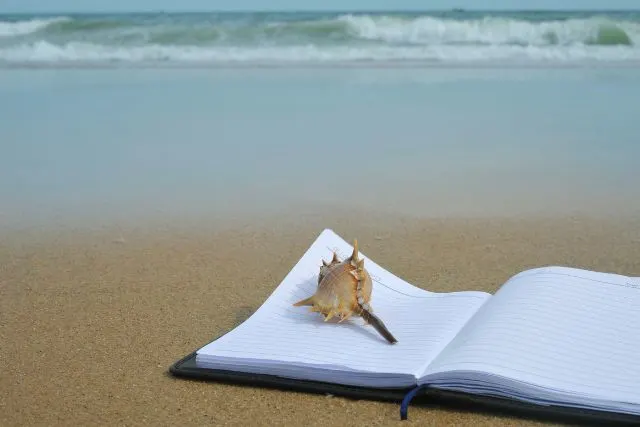
41. What are these women doing? What are they supposed to be doing? Will they be in trouble if they get caught?
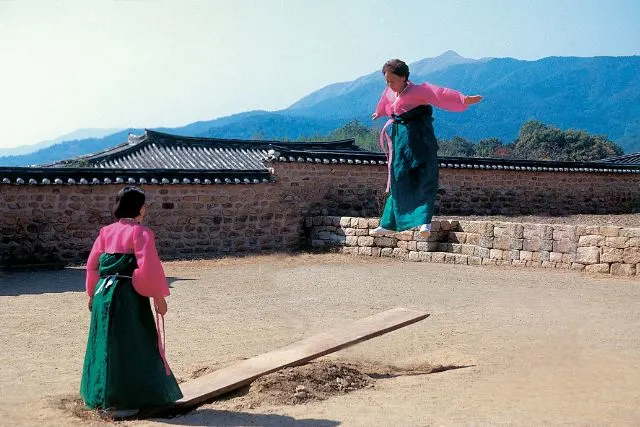
42. Who might be represented in this statue? Why is she being pulled by lions? What amazing things might she have done to deserve a statue in this prominent place?
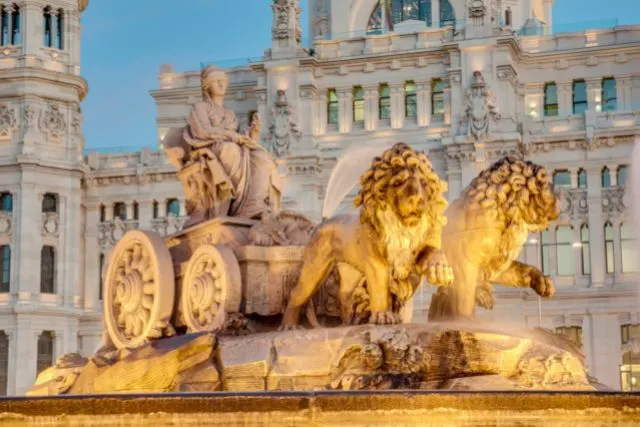
43. Where is this? Who is riding in the hot air balloons? Where are they going and why?
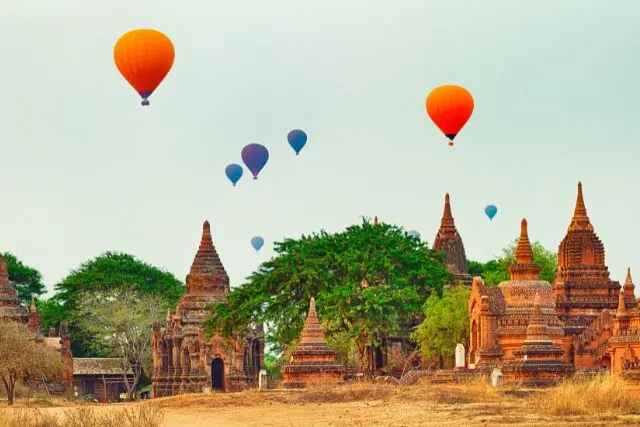
44. How old is this large tree? Where is it? What are some of the most fascinating stories it could tell?
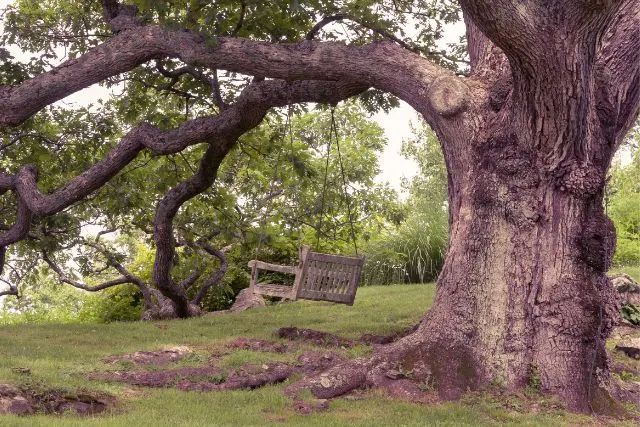
45. Where is this carousel? Who is riding it? Can you think of a special or strange story about how it came to exist in this particular place?
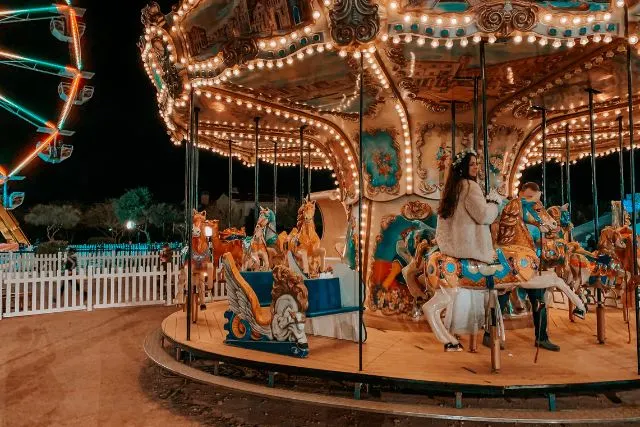
46. What are these people thinking about? What’s at stake for them? What happens if one of them sneezes?
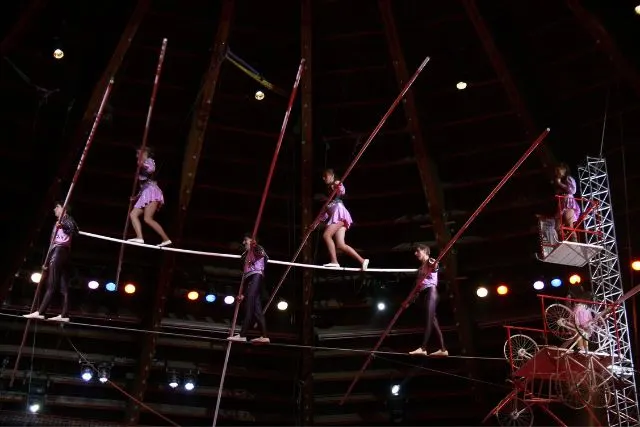
47. Where are these penguins? What are they talking about? Which one of them is the leader?
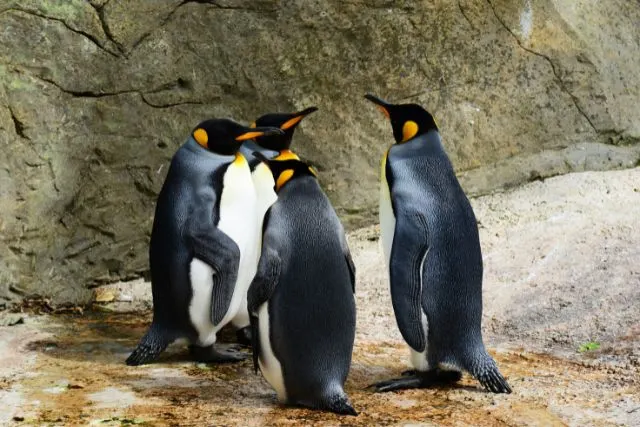
48. What is this place? Was it designed to be open like this or was it once part of someone’s home or a public building? How have people’s opinions of this place changed over time?
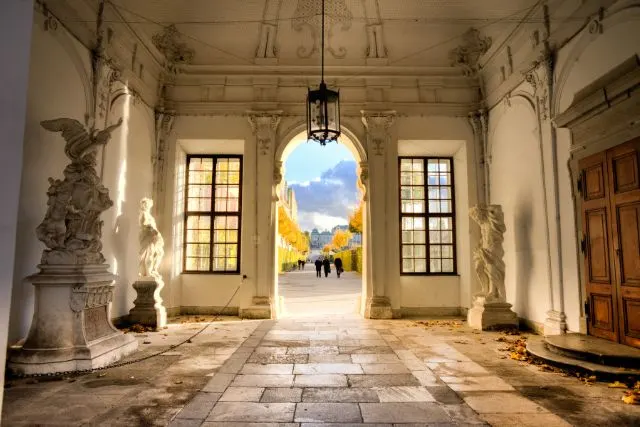
49. Who are these kids? Is this what they’re supposed to be doing? What happens when their teacher sees them?
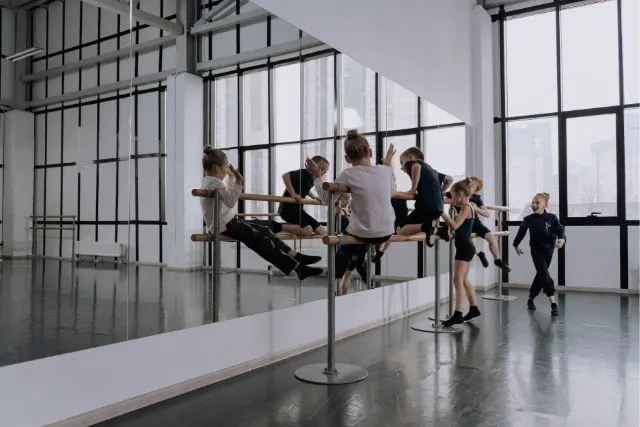
50. Who is supposed to ride in this boat? Where are they going? Will they make it there?
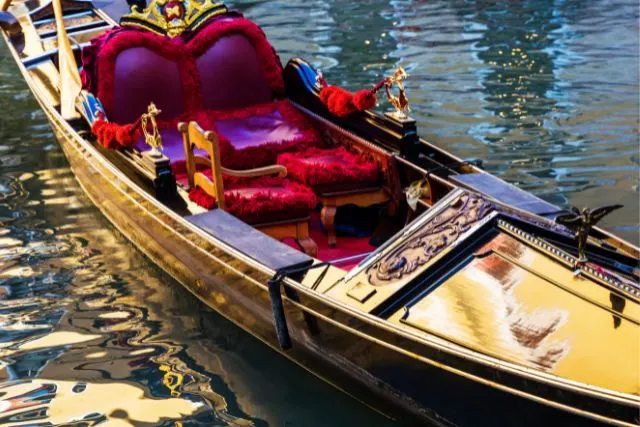
51. Is this plane special to someone? What did they have to do to get it/build it? Where will they fly to in it?
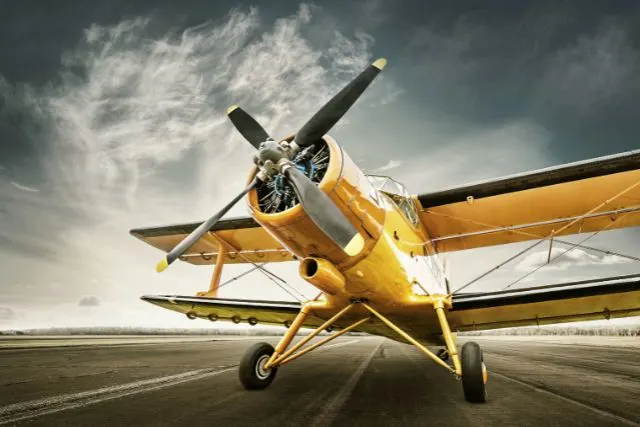
52. Who decorated this train car? Which passengers will fill it up? What will they talk about?
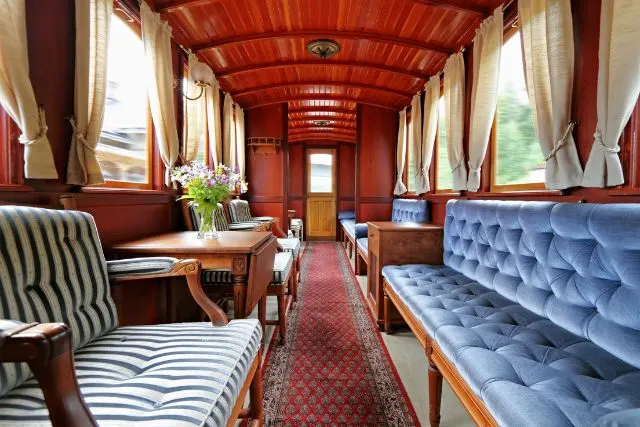
53. Whose skis are these? Why are they sticking out of the snow? How did their owner get down the mountain without them?
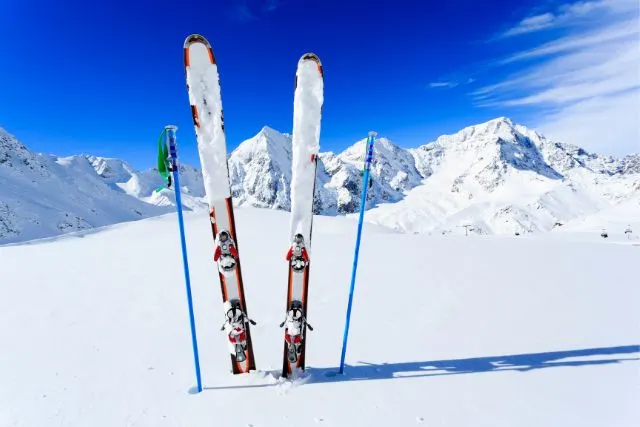
54. Where does this gondola go? Who rides it? How does it feel to ride it?
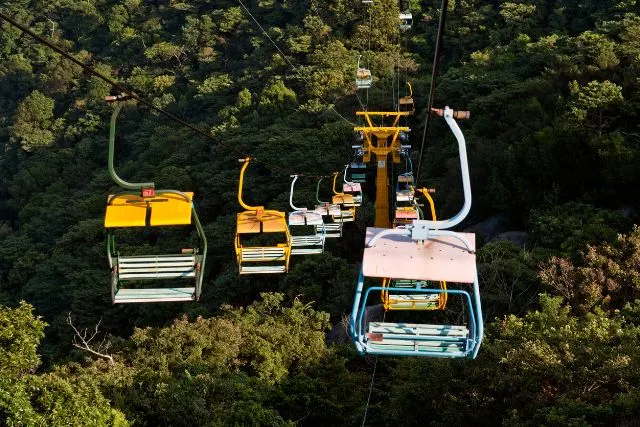
55. Who’s driving the monster truck? Why is it at the beach? What is it going to crush? Who is watching?
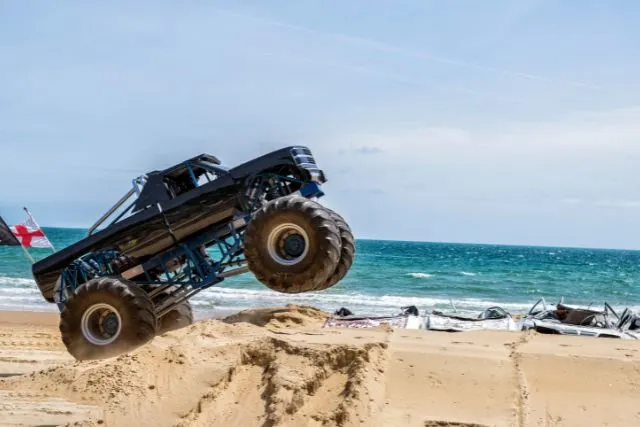
56. Where is the boat going? Who is on it? What is their mission?
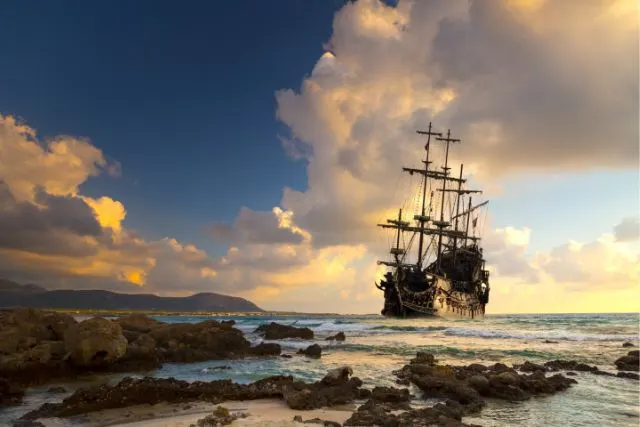
57. What city is the helicopter flying over? Why? Is the driver looking for something specific or do they have a special delivery?
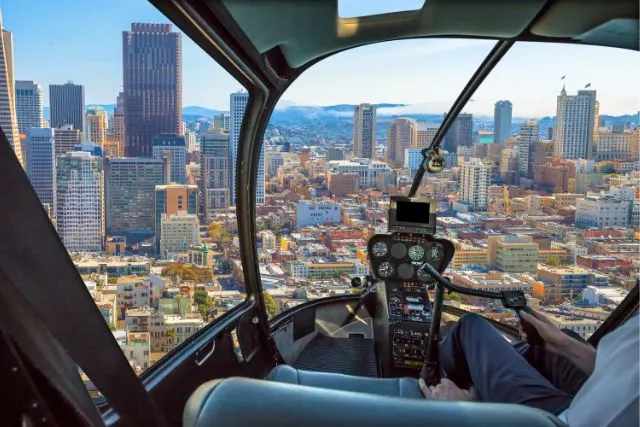
58. What’s the little boy doing in the boat? Is he alone or is someone with him? Where is he trying to go?
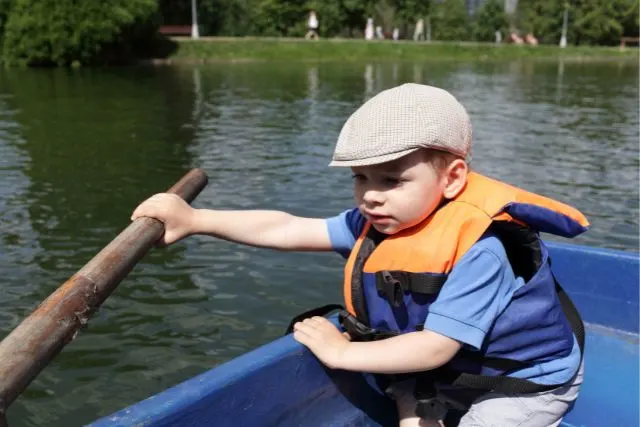
59. Who is in the sub? What’s it like inside? What are they doing?
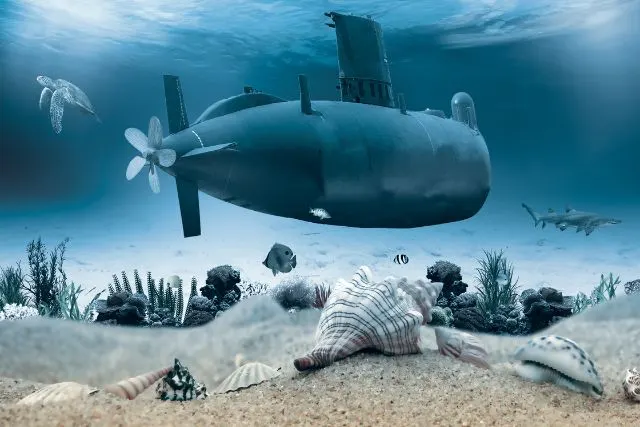
60. Whose book is this? What’s it about? What’s happening to it?
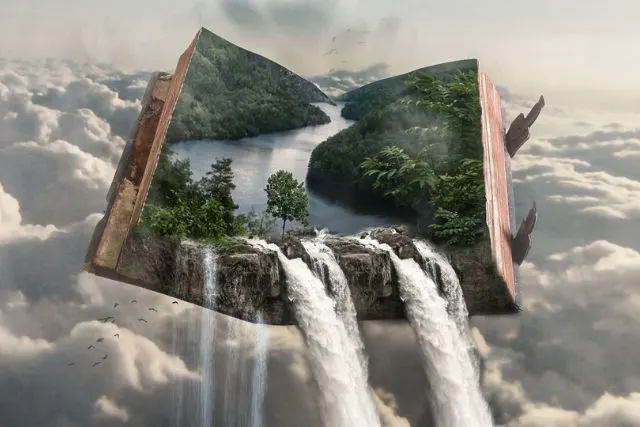
61. How did that piece of land with the house on it break off from the rest of the world? Why? Where is it going? Is anyone in the house?
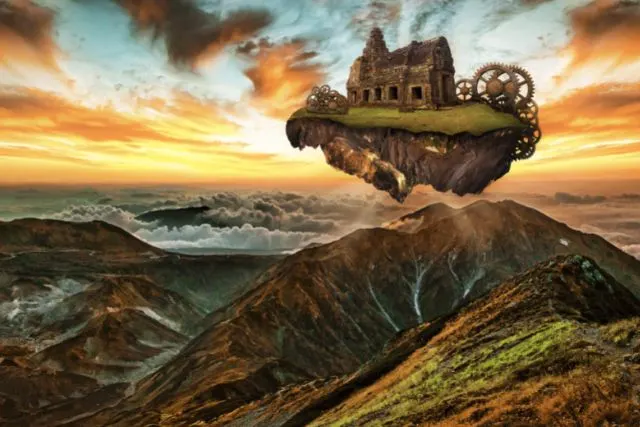
62. Who is this girl? Where is she? Who is she shooting at?
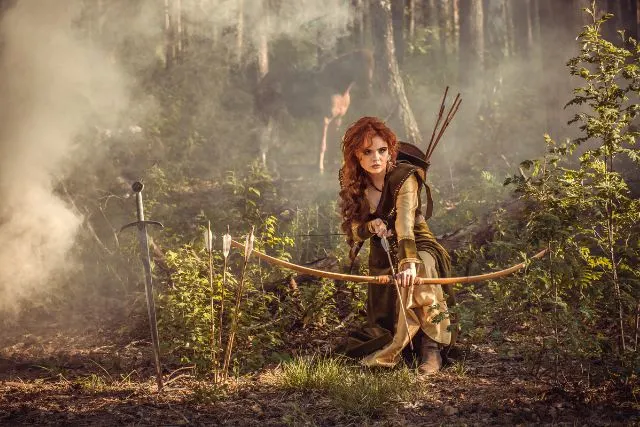
63. Where does this scene take place? Is the lizard/dragon good or bad? What is its relationship with the girl?
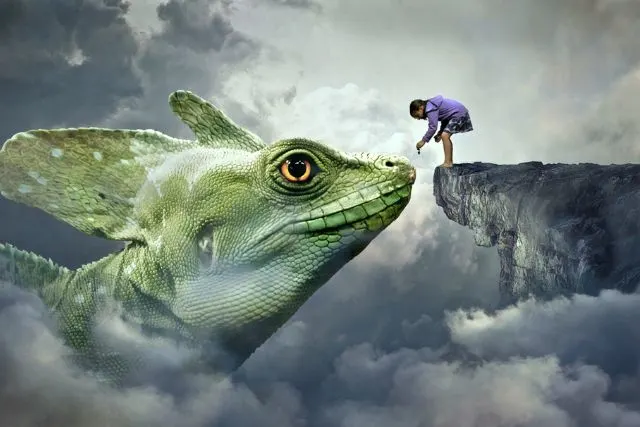
64. What do these books represent? What kind of world is this? What (or who) is inside the books?
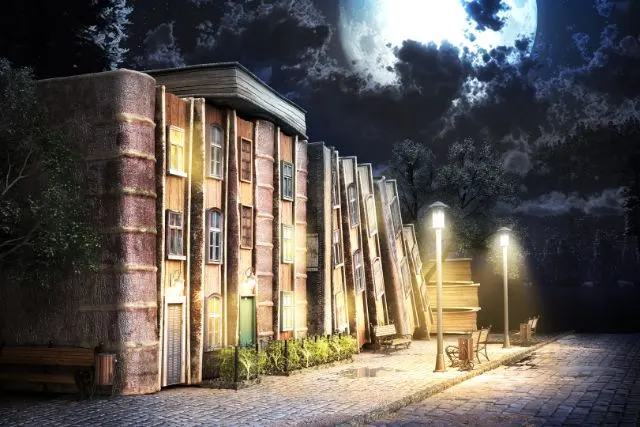
65. What are these dinosaurs discussing? Where are they? What do they do for fun?
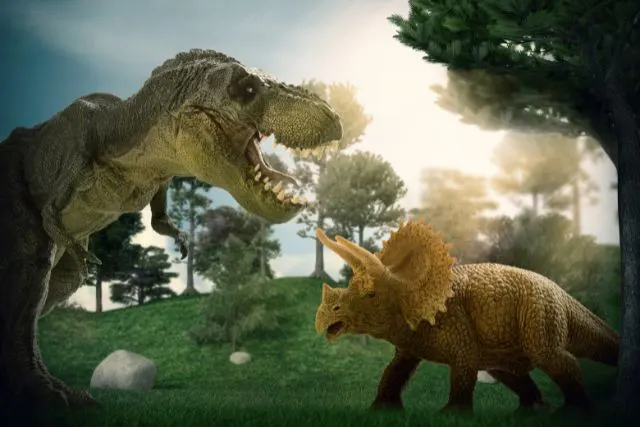
66. Whose cottage is this? Do they still live there? If not, where have they gone? If so, what do they do there?
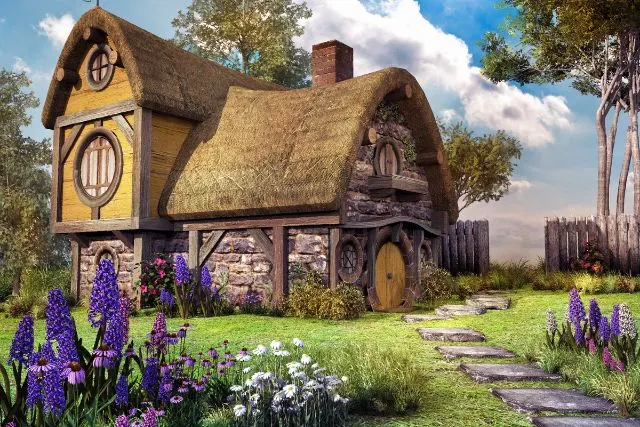
67. What is the moth thinking about? Is it alone? What’s the biggest challenge it faces in this moment?
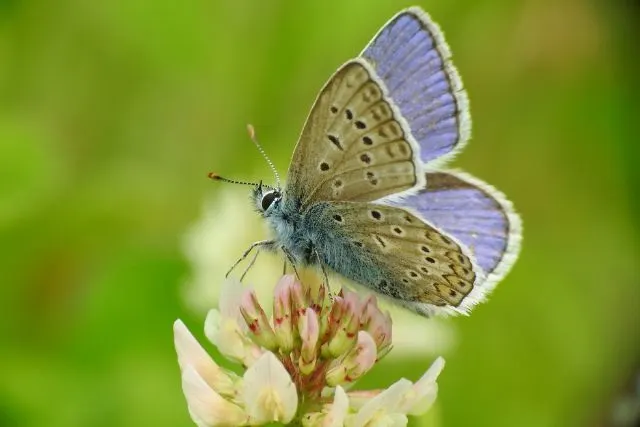
68. Who is the owl looking at? Has it read these books? What is its greatest talent?
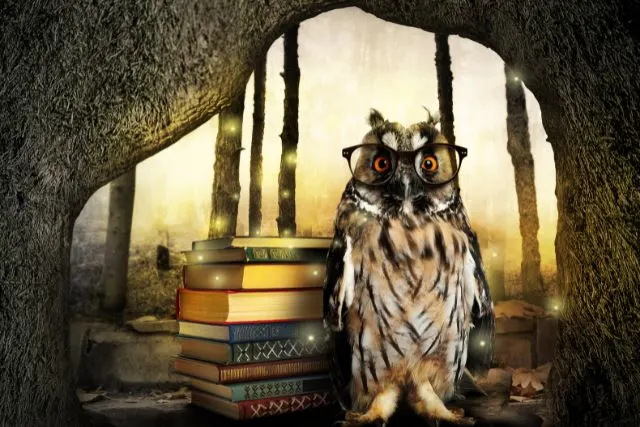
69. Where are these trees? Why are they pink? Do they have any special powers or features?
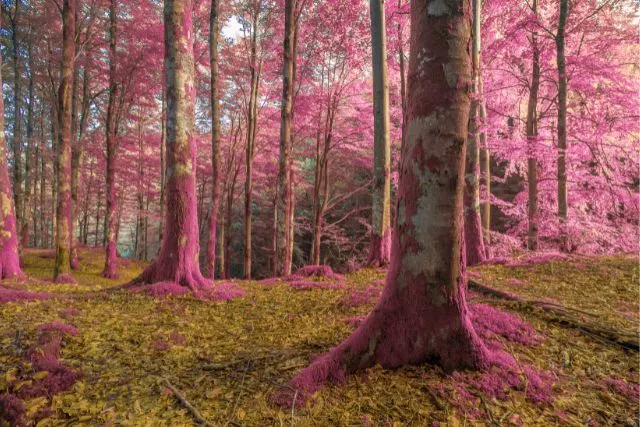
70. What are these best friends thinking about? Do they have something to hide? What adventures do they go on together?
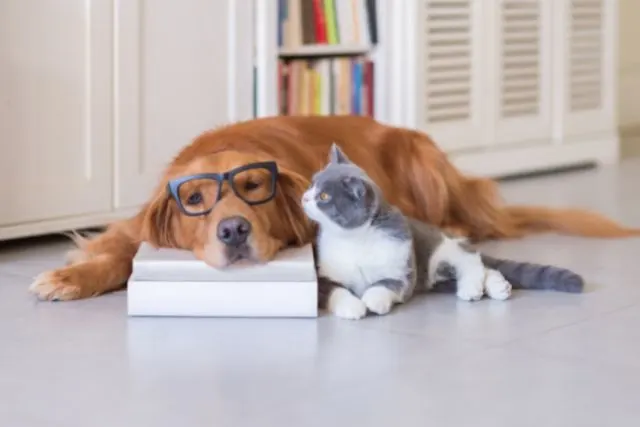
What do you think? Which kind of pictures do you like best for creative writing prompts? Let us know in the comments.


Beverley
Thursday 18th of July 2024
This was fun
Brax99
Thursday 9th of May 2024
I love this website because I was using it with my kindergartners and it work so so so well!!!!
sophie
Monday 20th of May 2024
That's wonderful. Thanks for sharing!
Deb
Tuesday 5th of March 2024
I LOVE these! My daughter has always struggled with written story prompts and an internet search this week convinced me of the value of picture prompts for reluctant readers/writers (https://youcanjournal.com/journal-picture-prompts/ if you're interested!). I'll definitely be using these to help improve her writing skills. Thanks so much!
Sylvia
Tuesday 26th of December 2023
I think the idea of using picture prompts is a great idea. It initiates oral language thus building vocabulary. It allows lends itself to students working in small groups to stimulate new ideas. The prompts engage the students and gives the teacher the opportunity to focus on specific writing skills.
luke elford
Wednesday 13th of December 2023
love it